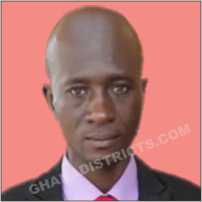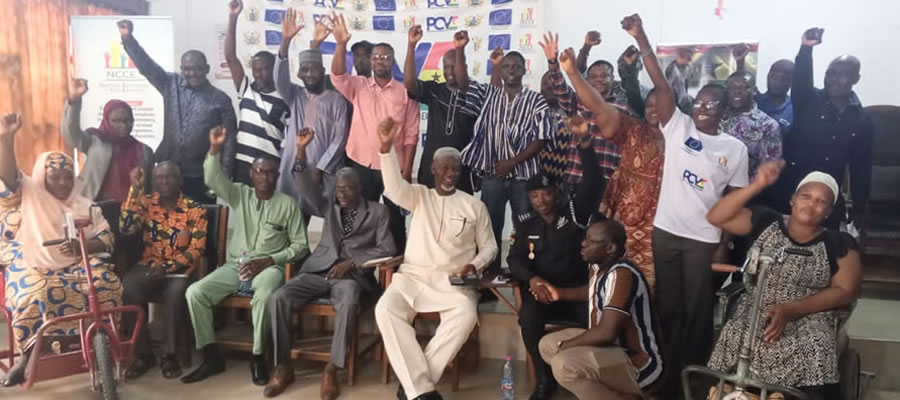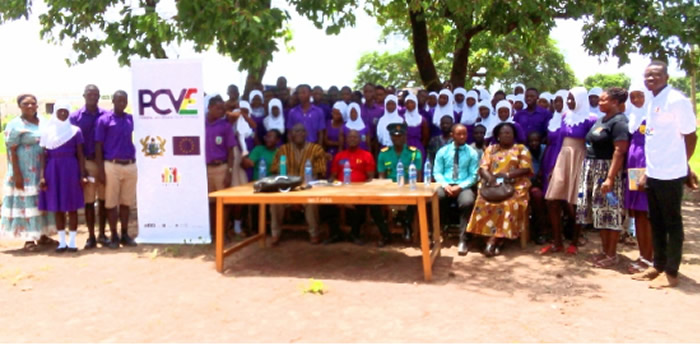

Introduction
The 2010 Population and Housing Census collected information on economic activities of persons five years and older who worked for at least an hour in the seven days preceding the census night. Information was also collected on those who did not work during the reference period but had jobs to go back to. This chapter seeks to discuss the issue of employed, unemployed, economically active and economically not active population.
The analysis however is done with reference to the population 15 years and older. Concerning the employed population, the kind of occupation they engaged in, the kind of industry they found themselves as well as their employment status and sectors are also dealt with. Governments all over the globe at certain stage of the development of their countries seek to know how many people are employed or unemployed.
Economic Activity Status Table 4.1 shows the population 15 years and older by activity status and sex. Out of the total population of 44,301, 31,930 are economically active while 12,371 are not active. Of the economically active population, 98.4 percent were employed and 1.6 percent unemployed as at the period of the enumeration. Of the economically not active population, 43.2 percent is in full time education which is good for the District in terms of educational development. .
About 73.4 percent of the male population and 70.9 percent of the female population are economically active. Of these 98.6 percent of the males are employed and 1.4 percent unemployed. For the females, 98.3 percent of the economically active is employed while 1.7 percent is unemployed. For the economically not active, 26.6 percent are males while 29.1 percent are female
Economic Activity Status Table 4.1 shows the population 15 years and older by activity status and sex. Out of the total population of 44,301, 31,930 are economically active while 12,371 are not active.
Of the economically active population, 98.4 percent were employed and 1.6 percent unemployed as at the period of the enumeration. Of the economically not active population, 43.2 percent is in full time education which is good for the District in terms of educational development. .
About 73.4 percent of the male population and 70.9 percent of the female population are economically active. Of these 98.6 percent of the males are employed and 1.4 percent unemployed.
For the females, 98.3 percent of the economically active is employed while 1.7 percent is unemployed. For the economically not active, 26.6 percent are males while 29.1 percent are females.
Economic characteristics
There are 44,301 persons 15 years and older of which 72.1 percent are economically active and 21.9 percent economically not active. For the economically active category, a higher proportion (98.4%) is employed with a lower proportion (1.6%) unemployed.
Agricultural, forestry and fishing industrial sector employs the highest proportion of employers (84%) in the District. Manufacturing (6.9%) is second largest employers in the District. Females dominate the manufacturing sector (11.3%) while males dominate construction 0.4 percent and transportation and storage 0.4 percent.
The self-employed (without employees) has the highest proportion (56.8%) in terms of employment status. More males’ self-employed and casual workers, while more females are in the contributing family workers and domestic employee categories.
The private informal sector accounts for 97.0 percent of all employed persons in the Districts, followed by public (government) (2.2%) and the private formal sector accounting for (0.4%).
The major economic activities in the District include agriculture, rural commerce and industry, tourism and social services.
Date Created : 11/18/2017 1:34:14 AM












 facebook
facebook
 twitter
twitter
 Youtube
Youtube
 +233 593 831 280
+233 593 831 280 0800 430 430
0800 430 430 GPS: GE-231-4383
GPS: GE-231-4383 info@ghanadistricts.com
info@ghanadistricts.com Box GP1044, Accra, Ghana
Box GP1044, Accra, Ghana